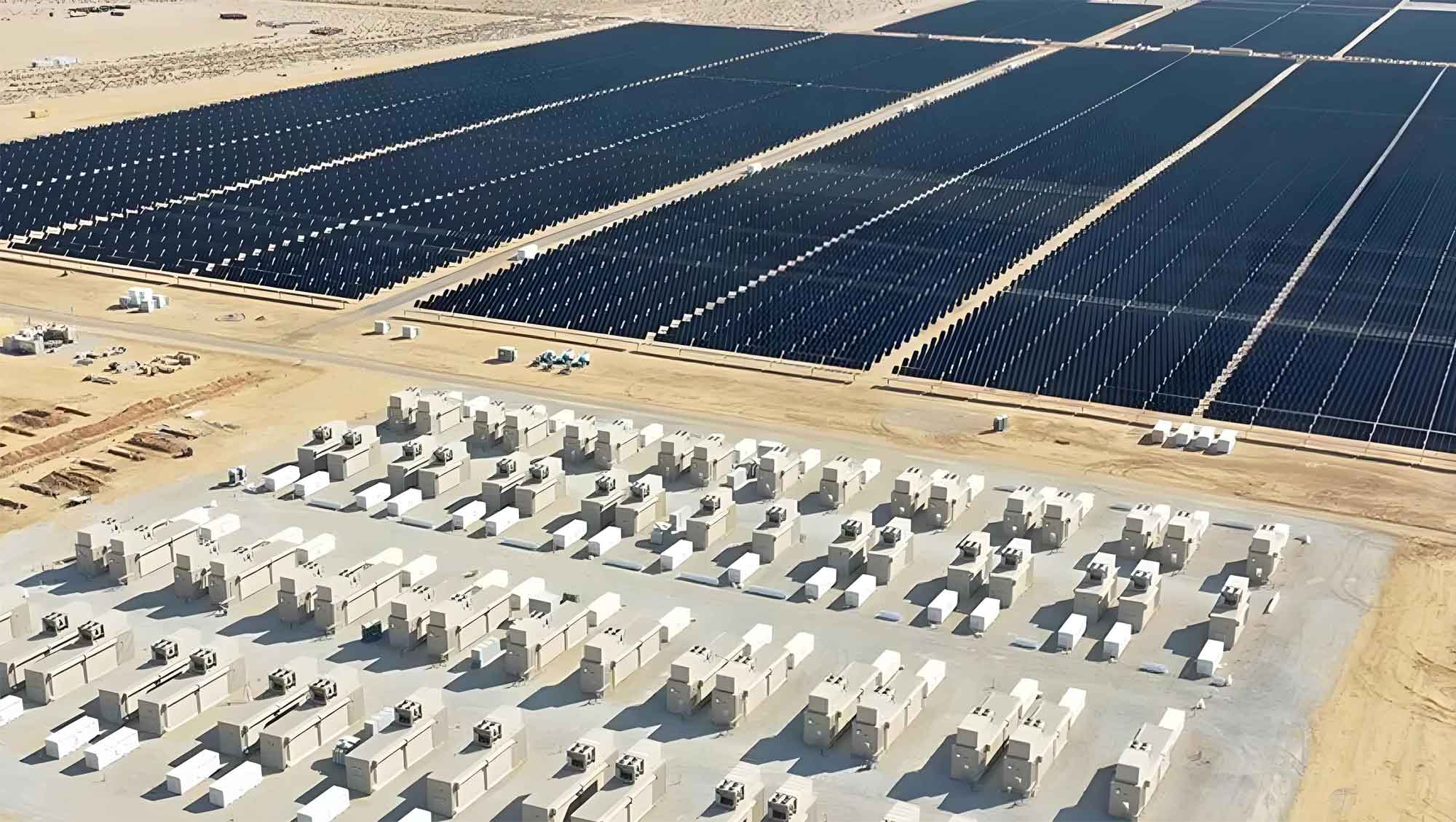As global demand for renewable energy intensifies, solar energy storage systems, particularly roof-mounted photovoltaic (PV) arrays, have become pivotal in urban and residential infrastructure. However, their lightweight design makes them vulnerable to wind-induced damage, threatening both economic investments and energy reliability. My research focuses on unraveling the aerodynamic complexities of solar arrays under wind loads, aiming to optimize their design for enhanced durability and efficiency in solar energy storage applications.

1. Aerodynamic Characteristics of Solar Arrays: Wind Tunnel Insights
Wind tunnel experiments revealed critical differences between PV panels and traditional roofing materials. Unlike conventional roofs, solar arrays experience bidirectional wind pressures (upper and lower surfaces), necessitating net pressure analysis. Key parameters influencing wind loads include:
- Tilt Angle (β): Arrays tilted at 10°–30° exhibit higher suction pressures due to vortex shedding at leading edges.
- Building Geometry: Roof aspect ratio (B/D) and parapet height (h_p) inversely correlate with peak suction forces.
- Gap Height (h_G): Increasing the clearance between panels and roof surfaces amplifies underflow velocities, reducing net uplift but elevating turbulence.
Table 1: Wind Pressure Coefficients (C_p) for Flat-Roof-Mounted Arrays
| Parameter | Range | Effect on C_p |
|---|---|---|
| Tilt Angle (β) | 0°–45° | Peak C_p ↑ by 40% |
| Aspect Ratio (B/D) | 0.5–2.0 | Critical C_p ↓ 25% |
| Parapet Height (h_p) | 0–1.5 m | C_p reduction up to 30% |
The net pressure coefficient, Cp,net, is calculated as:Cp,net=Cp,upper−Cp,lower
where Cp,upper and Cp,lower are pressure coefficients on upper and lower surfaces, respectively.
2. Computational Fluid Dynamics: Decoding Flow Mechanisms
Large Eddy Simulations (LES) using OpenFOAM elucidated the interaction between building-induced vortices and PV arrays. For normal winds, columnar vortices from roof edges dominate flow patterns, while oblique winds generate conical vortices. These structures interact with panel edges, creating localized suction zones.
Key Findings:
- Vortex Shedding: Panels near roof corners experience 50% higher suction due to conical vortices (Fig. 1a).
- Gap Effect: A dimensionless gap ratio (hG/H) > 0.1 reduces Cp,net by 15%–20% by accelerating underflow.
Equation: Vortex-Induced SuctionΔP=21ρU2(Cp,vortex−Cp,ambient)
where ρ = air density, U = wind speed, and Cp,vortex = vortex-driven pressure coefficient.
3. Directionality and Extreme Wind Loads: A Probabilistic Approach
Wind directionality significantly impacts solar energy storage systems. Using a multivariate extreme value model, I quantified directional factors (K_d) for 16 wind sectors. Results showed:
- Directional Reduction Factor: Kd=0.6–0.7, lower than ASCE 7-16’s 0.85, highlighting underestimation in current standards.
- Climate Variability: Coastal regions exhibited 30% higher K_d due to hurricane-driven winds, emphasizing site-specific design needs.
Table 2: Directionality Factors (K_d) Across Climates
| Climate Type | K_d (Mean) | Peak Wind Speed (m/s) |
|---|---|---|
| Inland Temperate | 0.62 | 32.5 |
| Coastal Hurricane | 0.71 | 45.8 |
The annual maximum wind load, Wmax, follows:Wmax=θ=1max16(Kd(θ)⋅Cp(θ)⋅U50(θ)2)
where U50 = 50-year return period wind speed.
4. Code Comparisons: Bridging Gaps in Solar Energy Storage Design
ASCE 7-16 and JIS C 8955:2017 were evaluated against experimental data:
- ASCE 7-16: Underestimates suction by 40%–60% for tilted arrays (β > 15°) due to unaccounted vortex effects.
- JIS C 8955:2017: Conservative for gable roofs but neglects parapet-induced load reductions.
Proposed Revisions:
- Incorporate Kd=0.65 for directional wind loads.
- Add clauses for gap height and vortex-driven suction in roof zones.
5. Future Directions: Toward Resilient Solar Energy Storage
- Hybrid Roof Systems: Integrate aerodynamic appendages (e.g., spoilers) to disrupt vortex formation.
- Climate-Adaptive Designs: Machine learning models to optimize panel spacing and tilt based on local wind regimes.
- Snow-Wind Interactions: Investigate combined loads for Arctic solar energy storage applications.
Conclusion
My research establishes a framework for wind-resistant solar array design, balancing aerodynamic efficiency with structural integrity. By addressing gaps in current standards and leveraging CFD insights, this work enhances the reliability of solar energy storage systems, ensuring their role in sustainable urban infrastructure. Future innovations will focus on adaptive designs that harmonize energy capture with environmental resilience, solidifying solar power’s centrality in the renewable energy landscape.
